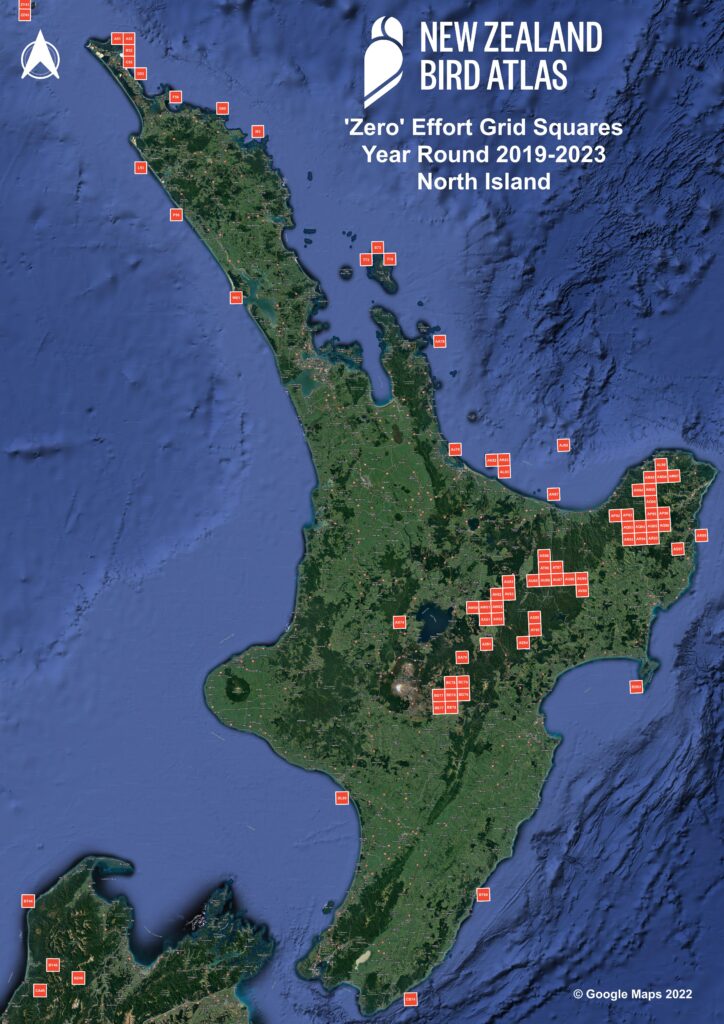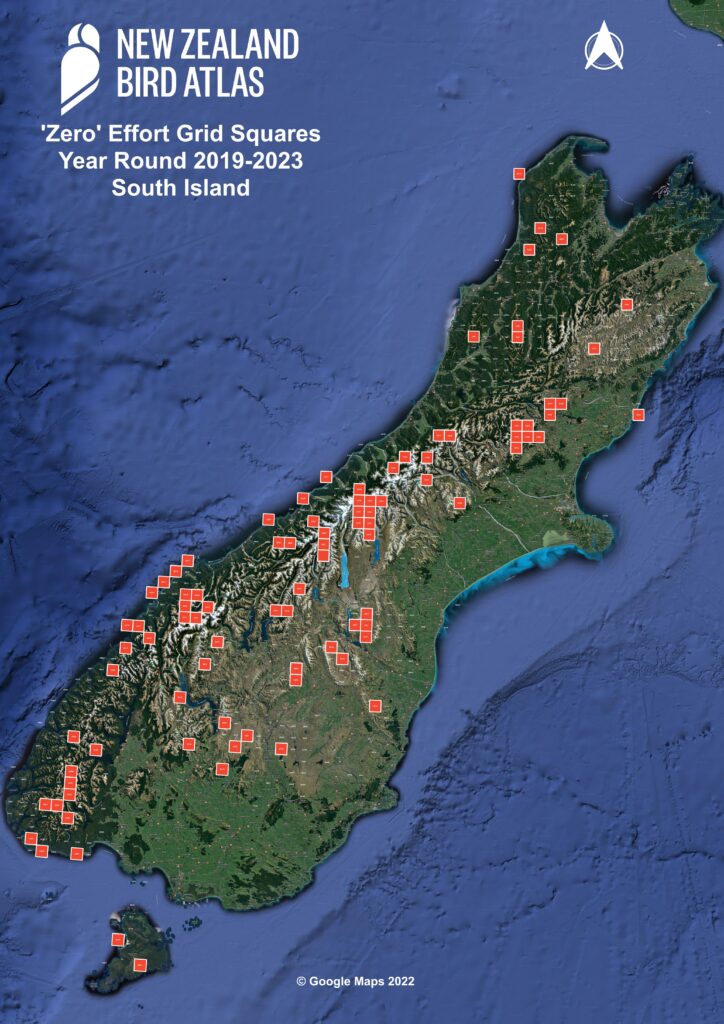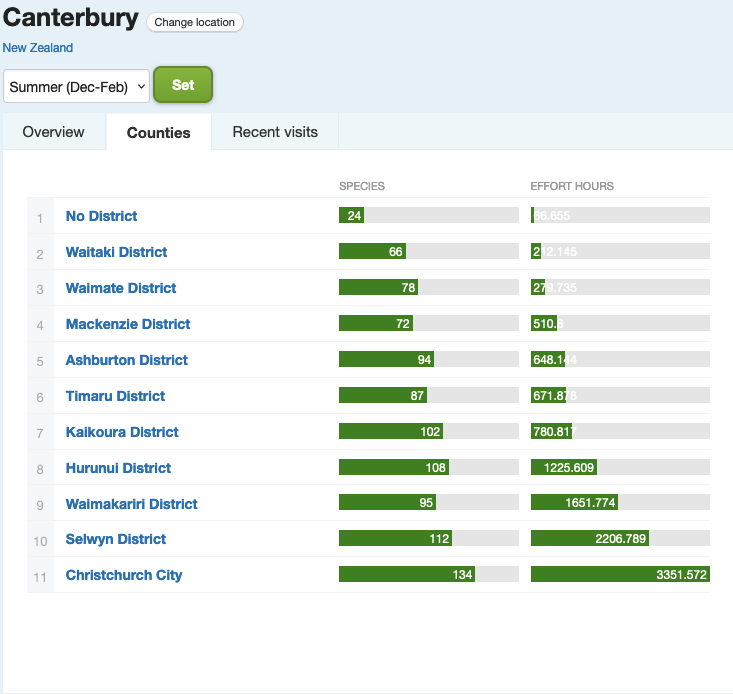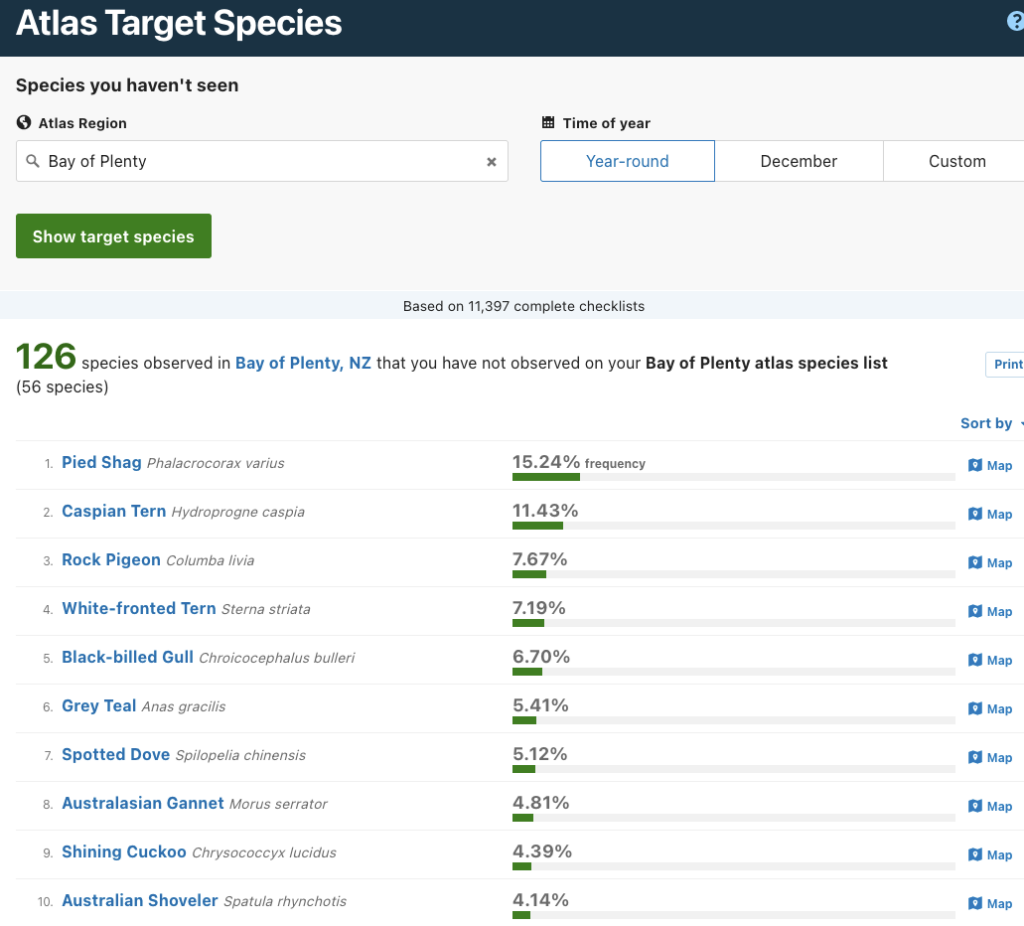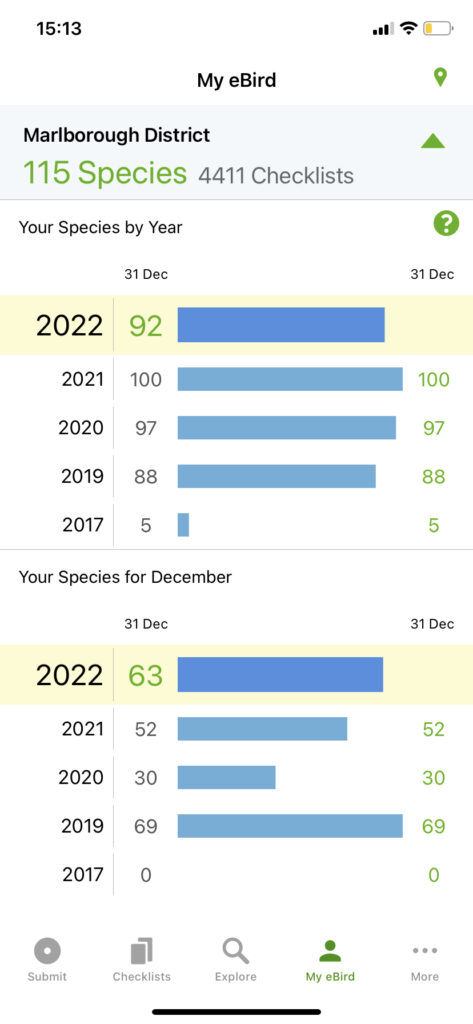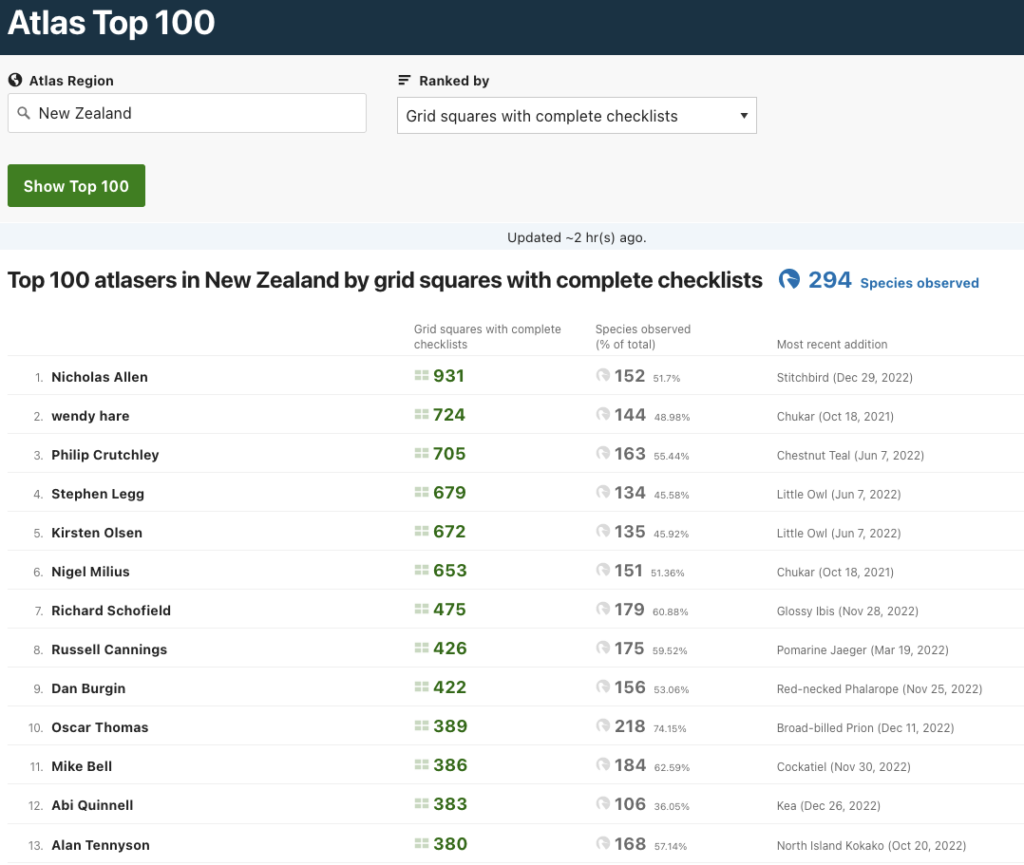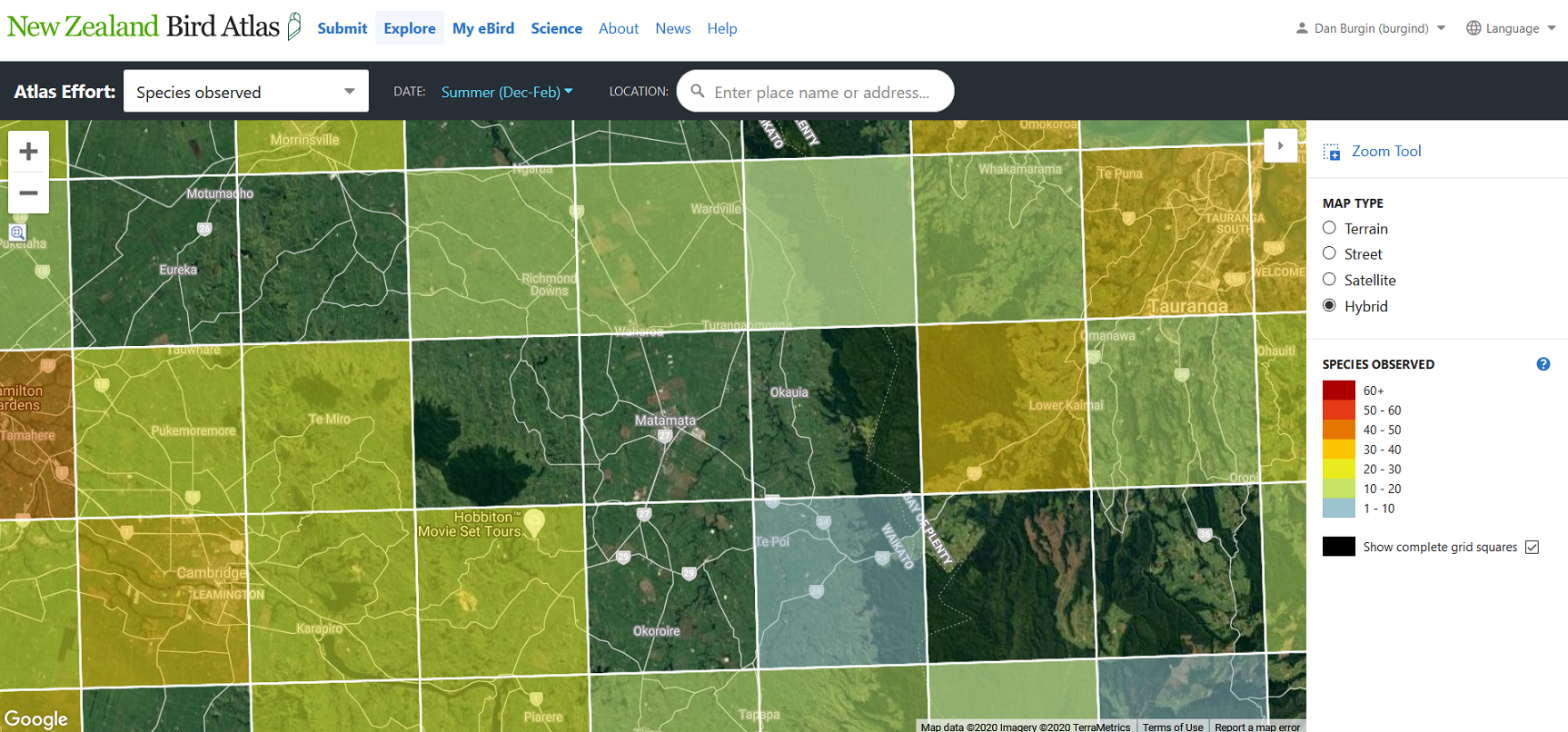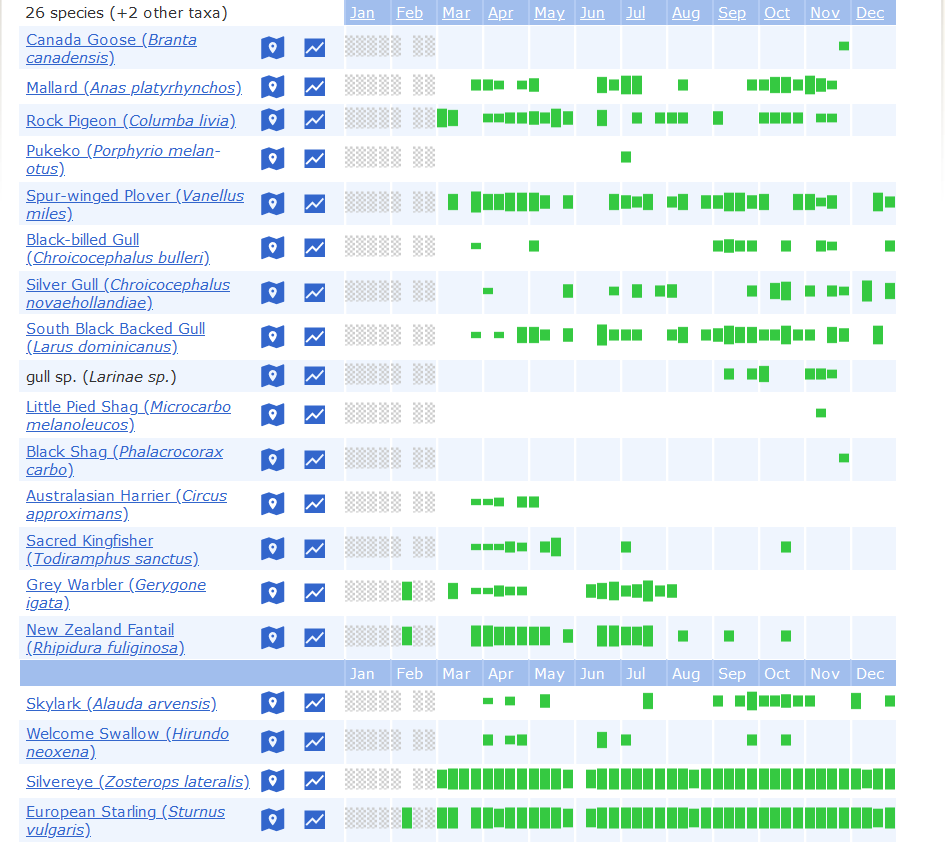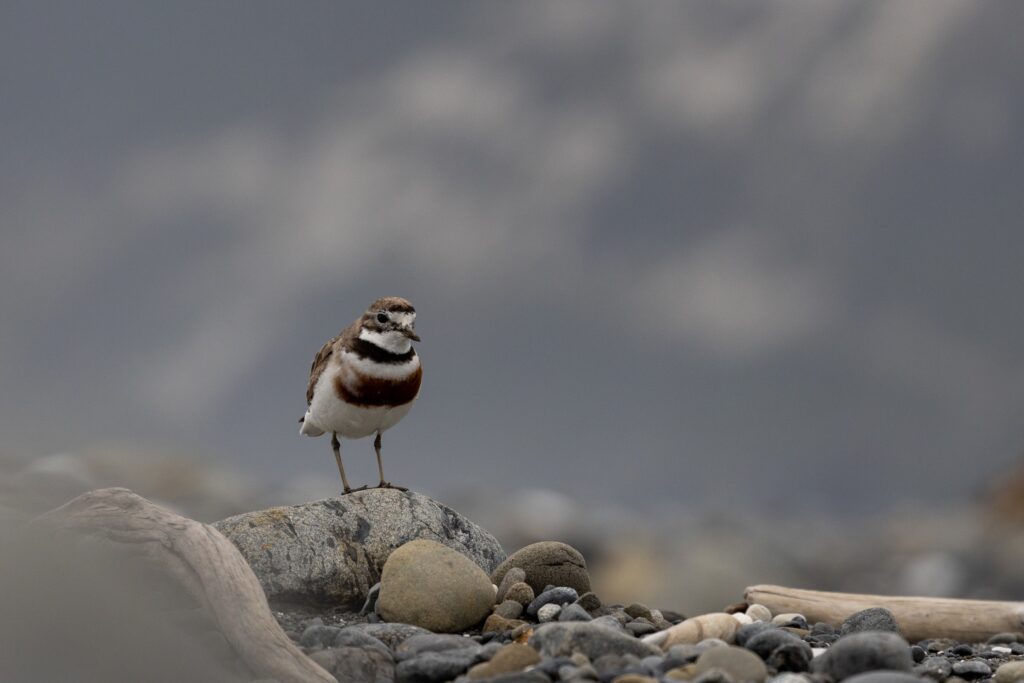Whether you are a new or a longtime Atlaser, you may be thinking about what new resolution or challenge to take on in 2023. New Year’s Resolutions are fun personal goals that can help you to improve your birding skills and stay engaged with the Atlas project and eBird throughout the coming year ahead. 2022 has been another fantastic year for the Atlas project, and you can read the year round up in this recent article. Let this be the year to either begin or step up your Atlasing/eBirding game!
As we venture into the final 18 months of the Atlas project, we need to remember there are myriad ways we can tease out areas to increase Atlas effort and find new spots for some Atlasing adventures. 2023 is the year to undertake more focused Atlasing as a community, to support each other across regions, and ultimately reach the target of, not only 100% Atlas grid squares with data, but also documenting as many of the possible species, within each square, across all four seasons. We’ll continue to need cross regional communication and support, as well as the effective use of the various specialized tools available both within the Atlas eBird portal itself, and a few additional tools the Atlas team have generated. Many of these tools can be found within the ‘Explore’ tab on the Atlas portal. With 189 Atlas grid squares still left with no data in, we still have plenty of birding to do as a community! Click on the linked maps below to download higher resolution files for your reference.
Remember, Atlasing doesn’t have to be day-long endeavours into the far reaches of the bush (although this is encouraged!). Many Atlasers submit checklists from short counts in their garden, over lunchtime walks, or when visiting friends/family. The Atlas, and eBird, welcomes scientifically valuable counts from anywhere, so even a complete checklist in a car park, or quick survey from your doorstep will help you contribute valuable data. In fact, urban and suburban habitats tend to be underrepresented in eBird data across the globe, so these checklists can be particularly valuable.
Whether you are a new or a longtime Atlaser/eBirder, we thought we would summarise some of our favorite challenge ideas for 2023:
🐥 Take the eBird plunge
Some active birders in New Zealand, including many BirdsNZ members, have yet to submit their first Atlas eBird checklist. Do you have a slight pang of guilt each time you receive an eBird Alert, feeling that you should be submitting your sightings too? It’s okay, many of us have been there. Let 2023 be a chance to share your bird reports with others, just as their reports have helped you. Whether you’re seeing common birds or endangered species, the Atlas and eBird thrives on the enthusiasm and engagement of dedicated participants who make Atlasing/eBirding part of their regular birding activities.
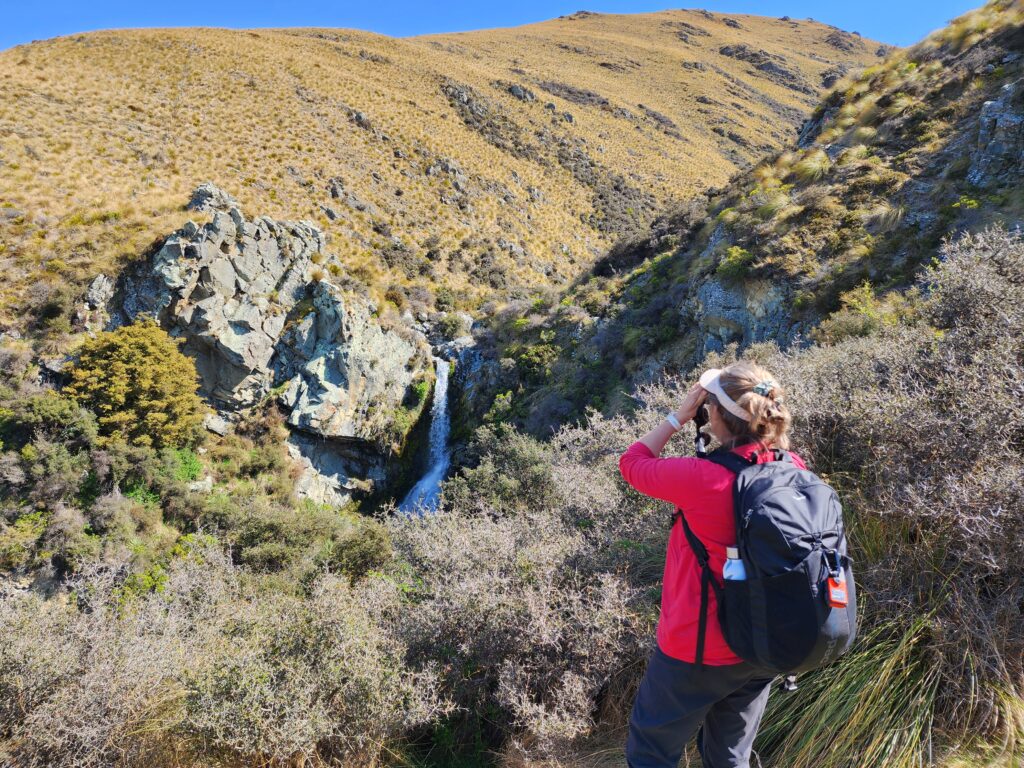
The best way to start Atlasing/eBirding is with the online webinars, the ‘How To Atlas‘ and ‘Atlas Essentials‘ pages, as well as eBird’s free online course. The online Help Center has even more tips to get started with eBird. Submit observations online or via eBird Mobile to see just how easy it is to join the world’s largest birding community.
🦅 Join an Atlas expedition
Thanks to Toi Toi wines, 2023 will see several funded Atlas trips being run, including the already scheduled Gisborne expedition in February! You can sign up to support this, and other trips once they’re announced. These expeditions will be oriented around gathering as much scientifically valuable bird observations in under surveyed areas as possible, targeting various habitats and species. The funding will help offset but not completely cover all costs, so please do bear that in mind. We need as many passionate Atlasers to support those efforts as possible, so do sign up! Keep your eyes open on the News and Facebook page for more information regarding these awesome opportunities!
🗺️ Find Undersurveyed Areas
Wanting to find areas that need more Atlasing effort quickly? Or even finding new areas you’ve never birded before? There are a range of ways you can tease out areas to increase Atlas effort and find new spots for some Atlasing adventures. Many of these tools can be found within the ‘Explore‘ tab on the Atlas portal, and can be simply checking the ‘Effort Map‘ for grid squares that have no effort in. The Atlas ‘Effort Map’ is by far the most powerful interactive tool, helping to provide near up to the hour information on effort hours, both diurnal and nocturnal, as well as the volume of checklists and the species tally for each individual square, through each of the four seasons. This is a tool which we hope you are all very familiar and confident in using by now. Just by using all four of the categories available in the dropdown menu, you can render a very different picture when looking at the same spot, as highlighted below.
You can explore Atlas regions to see how many grid squares have data so far, recent visits or even look at districts within that region. For example, below in the Canterbury region we can look at the city districts and see where effort hours are lowest. We could then tailor our Atlasing to go into these areas, such as the Waitaki and Waimate Districts, more frequently to help bump up those effort hours and contribute valuable time there.
Ultimately we want to start exploring these back blocks that are under surveyed far more over the coming 18 months to really fill in those gaps.
The Atlas team have created a set of KML files for the community to use. A KML file is a type of mapping file, and these specifically show the individual location of every checklist entered so far in the Atlas project. They can be opened up in mapping programmes such as Google Earth, Maps.Me, MapToaster and/or QGIS. Currently there are five files available for download from the portal, under the ‘Supporting Materials’ section; ‘All points’ which shows every point since day one (1st June 2019), and then each of the cumulative seasonal points for ‘Winter’, ‘Spring’, ‘Summer’ and finally ‘Autumn’. Whilst we will caution that as soon as these are produced, they can quickly become ‘out-of-date’ as they are not updated until the end of that current season, they can be used as a useful guide to tailor your more focused Atlasing, particularly when used alongside the other tools discussed here. The Atlas team use these regularly through Maps.Me.
🎯 Atlas Target Species
One area where eBird really excels is showing you where to find birds, particularly those you need for the Atlas or even your Life List. In the ‘Explore‘ tab select Atlas ‘Target Species‘ and you’ll be able to then tailor your search to New Zealand, or a specific region. Whats more is you can tailor the time range, to look at seasonal ranges using the ‘Custom’ data function. Below shows Atlas ‘Target Species‘ in Bay of Plenty for Year Round.
You can then click on the ‘Map’ symbol to the right of a species, and eBird will generate a species map that shows you exactly where other Atlasers have observed that species. So you can then go and explore to hopefully detect that species yourself too, and add it to not only your personal observations but also the Atlas dataset (as part of a complete checklist with accurate abundances of course!).
Some of the eBird ‘Explore’ data tools are now available on eBird Mobile to help you find new bird species—whether they’re new for your home, your region, or your entire life.
🦩 Merlin Bird ID
As many of you are aware, the Cornell Lab of Ornithology have a fantastic identification app called Merlin, which works intimately with eBird and represents another asset for your personal birding. Using the photos, audio and sighting data citizen scientists upload to eBird, the Merlin app provides a valuable electronic guide that you can download for free on your smartphone and have in your pocket wherever you go. Excitingly, the Atlas team are busy working with the Merlin team in the US to bring their cutting-edge ‘Sound ID’ tool to Aotearoa. This involves annotating audio files uploaded to the eBird database to teach the app how to identify the calls and songs of species in real time. We have high hopes to release the first iteration in 2023, and will keep you posted on our progress. This will be another valuable tool to have with you to help with identifying birds by sound, which as we all know, is an integral part of detecting and understanding the birds around us.
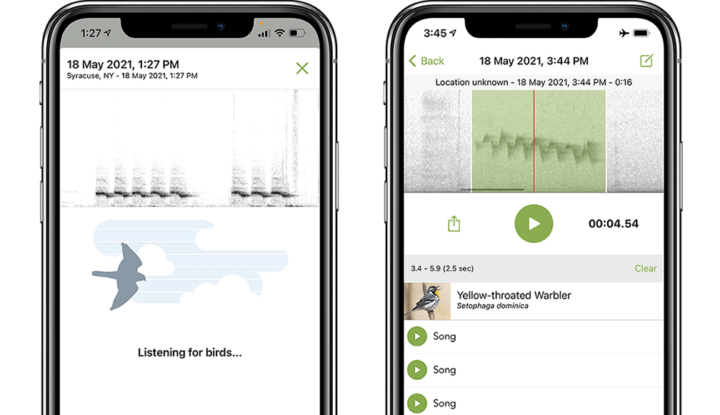
📝 Year listing
Keeping a year list is one of the great pleasures of birding. Year lists are a fantastic New Year’s Resolution commitment to keep Atlasing. You could try a year list for your region or the whole of Aotearoa, but you might find that keeping a year list for your home or patch is an even more fun personal challenge. The smaller the area, the better you’ll get to know it— which makes adding new species all the more exciting!
As the year progresses, year lists become about strategy: how to find species that have eluded you thus far and beat your previous years’ species totals.
eBirding over time charts, available on the My eBird and eBird Mobile, help you track your end-of-year totals and see whether your current progress is ahead of last year’s total on the same date. This could inspire you to seek out more species in 2023, and there is only one way to do that, by going Atlasing in more areas!
Invariably, year lists are full of fun surprises and unexpected successes. Your year list for Aotearoa, your region, patch, or your yard can be easily tracked with your ‘Sightings‘ lists, the ‘Yard/Patch‘ tools, or eBird Mobile.
⛰️ Climb the Top 100
Fancy competing against others as well as yourself? The ‘Top 100’s‘ reflect the accomplishments of individual birders in eBird, and they can be a great tool to inspire or motivate yourself to get out and find more birds, explore new grid squares or submit more complete checklists. The Atlas Top 100 is constantly updating as Atlasers go out and submit their observations. You can look at your region or indeed the whole of the country, and see how your efforts compare with the rest of the Atlas community!
📷 Help create an Illustrated Checklist
Check out the ‘Illustrated Checklist’ for your region, city, town, favorite local hotspot or even the whole of Aotearoa New Zealand! Can you fill in any missing photos or add audio? Can you improve upon existing ones? Audio recordings tend to be underrepresented in many places, so a good audio cut, even with your phone can help fill a gap.
With a single click, you can check for gaps and plan your goals for 2023. For example, Wellington has 200 species listed, however if you click the two rightmost numbers at the top of the page you can see that 69 species need photos and 148 need audio in that region. By spreading out our photo and audio coverage, the Macaulay Library will become even more powerful to assess how bird plumages, songs, moult, etc. vary across Aotearoa and the planet. Remember to submit your photos/audio as part of complete checklists with accurate abundances!
📅 Take the “Checklist a Day” challenge
Try stepping up to the ultimate challenge for an eBirder! The eBird homepage helps track your “Checklist Streak” – we challenge you to try for 365 consecutive days this year and there is even a global eBird challenge set which you could win by doing just that. The global eBird team will draw three winners from among those who submit an average of at least one complete checklist per day in 2023 (i.e., 365 lists total for 2023). If you want to try for 365 consecutive days—not required, but still fun to try—the eBird homepage helps track your “Checklist Streak”. How about getting in to the habit of doing at least one short count in your yard every day? Even a five-minute count helps keep a pulse on the birds coming and going throughout the year from a location that only you can survey.
🚶♀️🚶Explore new Grid Squares
Tired of submitting checklists from your home grid square? Use the Atlas ‘Effort Map‘ to select a handful of new Grid Squares to go and explore over the season or year! You can quickly find one that is either neighbouring your home grid square, along the local river, or even at a campsite you know you’re going to be visiting this season/year. We’re always encouraging Atlasers to find new grid squares to explore and submit checklists in, especially those that are undersurveyed. You can quickly gauge which squares have no, or very little effort in from the ‘Effort Map‘, and can then plan an exciting Atlasing trip knowing that you may well be the first to colour in that square for the season or even the Atlas project!
🐧 Count birds at home
Bird observations from home can be some of the most valuable eBird checklists you create, because the only person to count those birds may be YOU! Consider doing one checklist each morning (or afternoon) in your yard or garden, balcony, or sat on the front step. Or make a daily checklist part of your morning routine: these could be “sipping my coffee” counts or “walking the dog” counts. These counts will become more rewarding as you watch your home birding list grow over the course of the year. How many species can you find at home in 2023?
A fun way to explore your home birding is with bar charts: just go to Explore, click ‘Bar Charts’, and then use the ‘My Locations‘ list to select your home location. If you have multiple locations at your residence, add them to an ‘official’ ‘eBird Yard‘ to create a single bar chart for all your home birding data.
If you submit a checklist a day, after 365 days the bar chart will show the comings and goings of birds throughout the year. Change the bar chart date range to include even more past sightings. You’ll be amazed to see what pops up over the year!
🚗 Take Atlasing Breaks
Whether you take a lunch break, coffee break, or a “stretch your legs” break— turn it into a dedicated ‘Atlasing Break’! Atlasing Breaks could be a quick survey of a nearby park, a roadside stop, or checking for waterfowl on a local lake. Even a short, 5-10 minute count of birds outside your office, or sat at a cafe can benefit you, the Atlas dataset and the birds we all care about. Find your breaktime patch and commit to it during your workdays to help meet the challenge and build great datasets.
🦉 Birding after dark
If the sun has set and you still haven’t submitted your daily list, don’t worry it isn’t too late! We’d encourage Atlasers to submit a nocturnal count. Nocturnal counts are valuable (and often underrepresented as we predominantly all bird during the day), as they help us understand where and when Atlasers are finding ruru/morepork, little owl, kiwi, and other species active at night. However, it is easy to get ‘skunked’ (i.e., find no birds at all) on nocturnal counts. This is absolutely OK— lists with zero species are still immensely valuable, and welcomed as they help show what is not being detected. We recommend you add checklist notes indicating that you tried for birds and found none.
📣 Atlas Challenges
Monthly Atlas challenges will continue to be set with a variety of fantastic prizes still yet to be won purely by contributing your sightings to the Atlas portal. The challenges will continue to vary between checklist, grid square or even audio related, and we hope you continue to enjoy trying to qualify for them each month. Congratulations again to all those who have all won previous Atlas challenges by Atlasing their socks off!
January’s challenge is now live!
🦆 Raising the scientific value of your observations
Simply submit eligible checklists to be entered, that’s it! Eligible checklists need to be complete checklists (reporting all species you were able to detect by sight and sound) with accurate counts of birds (i.e., no Xs). We recommend counts of at least five to ten minutes to make sure you have time to actually look for birds around you. Read our guidelines for other ways to increase the scientific value of your Atlasing and birding in general.
🍾 Happy New Years from the Atlas Team
The Atlas team all have their own New Year’s Resolutions for 2023, including venturing into more of the undersurveyed areas that have yet to receive data. In addition to our personal Atlasing goals, we continue to remain commited to support all of the Atlas community, to help engage and inspire more Atlasers and try to highlight the best and most fun aspects of Atlasing through challenges, workshops and online webinars. We want you to feel supported throughout, so feel free to get in touch with us via email or on Facebook.
We cannot thank you enough for your involvement this year, for taking the time to come together and gather such an impressive and scientifically valuable dataset whilst navigating a pandemic and the rising cost of living. It hasn’t gone unnoticed! The Atlas is nothing without you, and your time and efforts. From all of us at the Atlas team, thank you so so much. We really hope you continue to enjoy the Atlas project, advocate for it’s importance and encourage those around you to participate.




